Originally posted by Niners816:
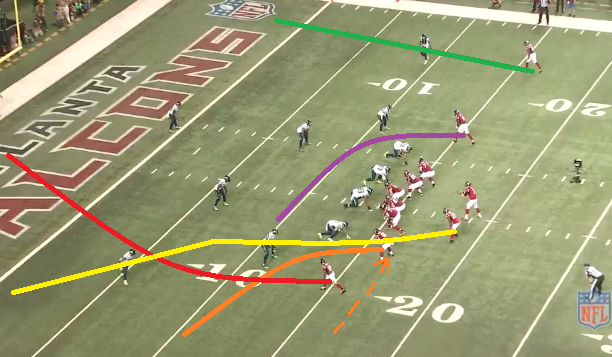
I love the HB corner route on this play. It reminds me so much of how Walsh used to use the HB as the corner route. For example in this smash type play:

The particular Atlanta play reminds me of this play (doesn't have the drag though, but the scissor-flat combo is there)

I was reading a SmartFootball article about how NFL playbooks are all the same and it really was eye opening. It's just the frequency of how often certain plays are called, and use of personnel/formation that differentiates one offense from another. Seeing you post all these plays from old playbooks shows that a lot of NFL playbooks are indeed similar to one another. We've all heard, "It's a copycat league". It's the same concepts just different terminology and wrinkles. The vast majority of NFL coaches just tinker with old concepts and are not true innovators. It seems as though the main difference between a good playcaller and a bad one is how well they scout the opposing defense so that they know when to call what play.
..
I forgot to mention another thing about this play and how it ties to WCO - the triangle stretch. Bill Walsh was all about triangles.
Red defender is horizontally stretched. If he goes to his right (towards the sideline) then there's a window to throw the Post route (red route). If he goes to his left, which he does, it opens a window to the Corner route.
Orange defender is vertically stretched. If he gains depth he can cover the Corner route. If he comes forward to cover the flat route, which he does, it opens up the Corner.

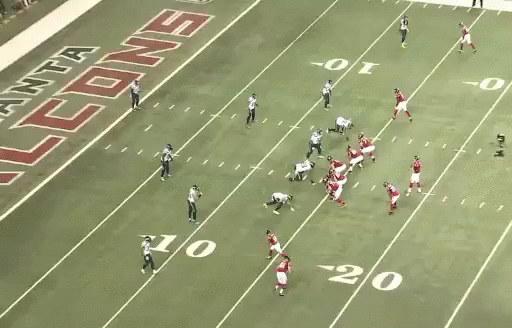

 . really looking forward to Shanahan's offense here
. really looking forward to Shanahan's offense here




 Its even more apparent when you look at the base personnel split back version.
Its even more apparent when you look at the base personnel split back version.  which ever side is picked there's a triangle formed.
which ever side is picked there's a triangle formed.
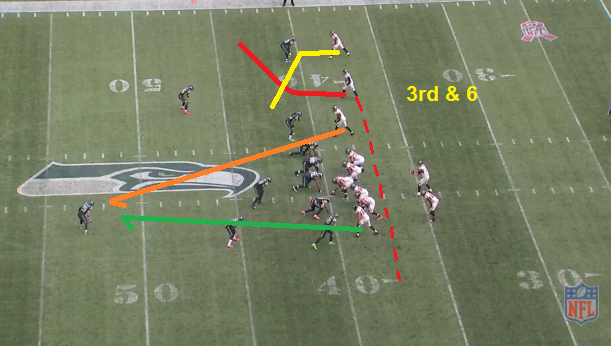
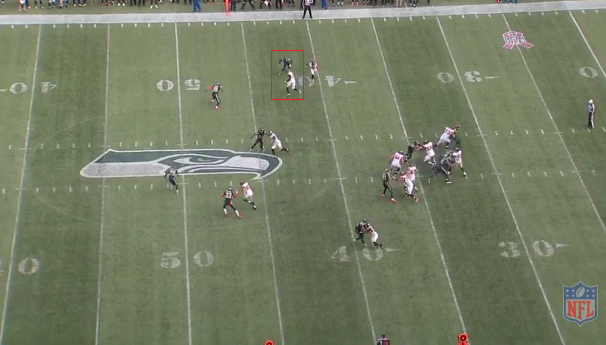
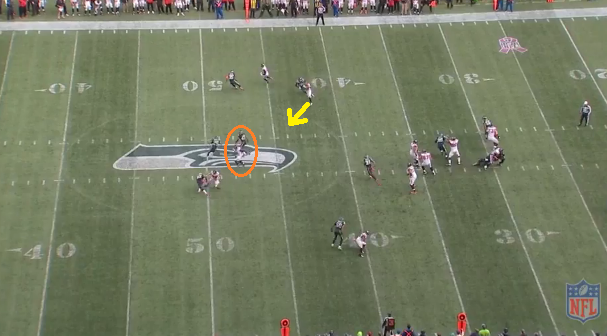
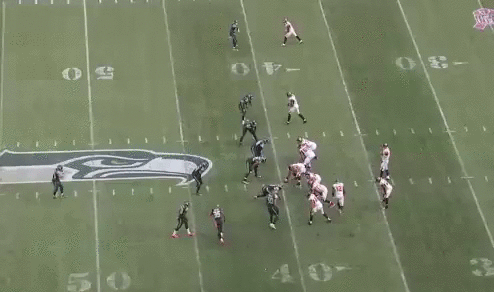
 .....I kid of course.
.....I kid of course. 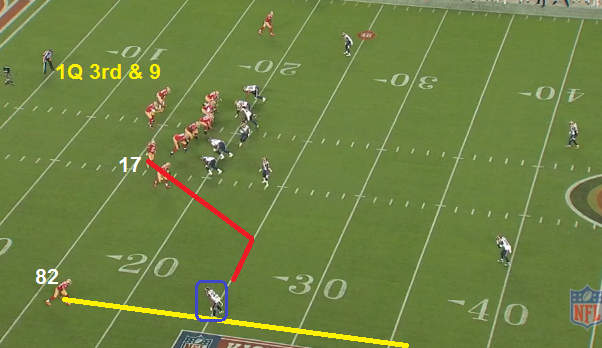


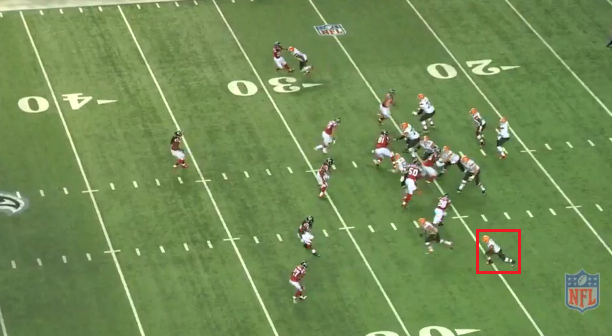
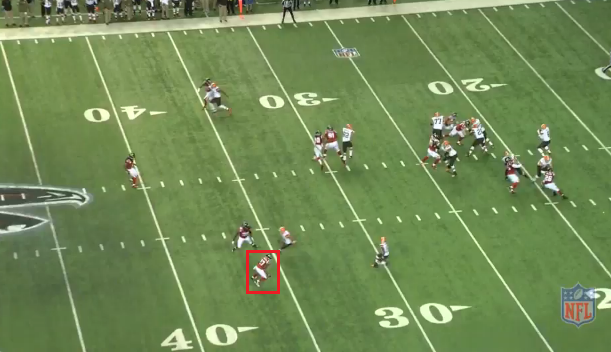

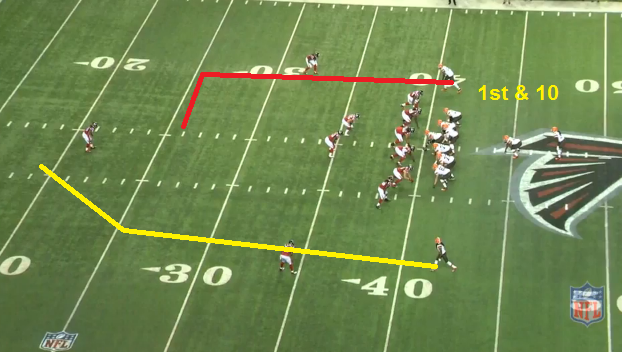
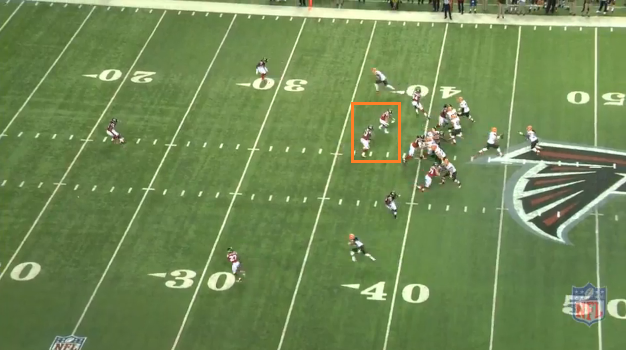

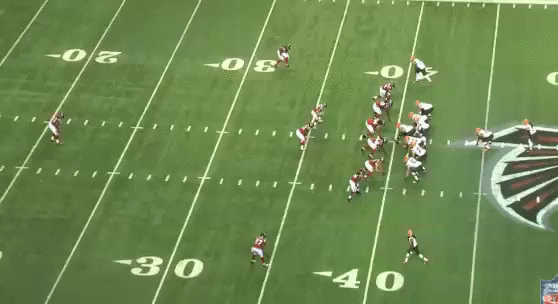
 .....I kid of course.
.....I kid of course.  Oh no you didn't! LOL
Oh no you didn't! LOL